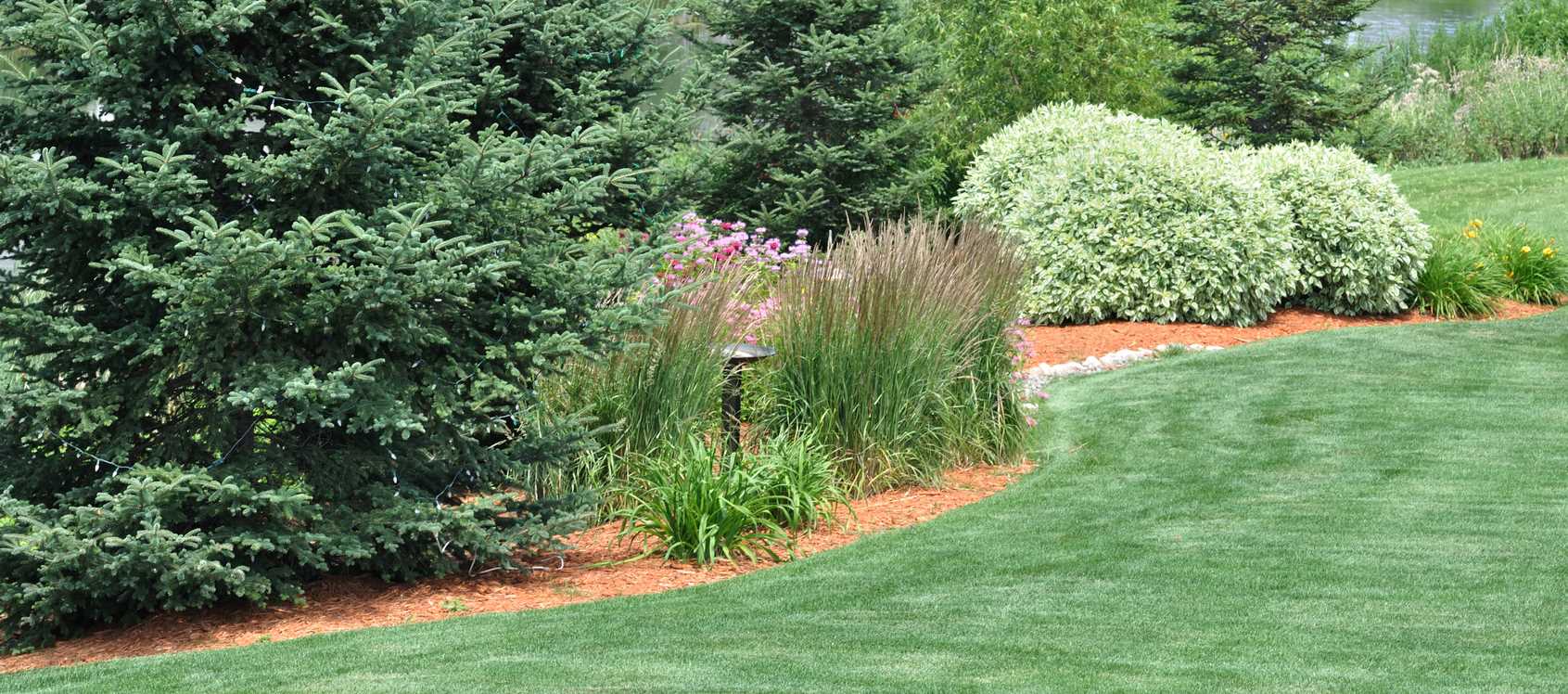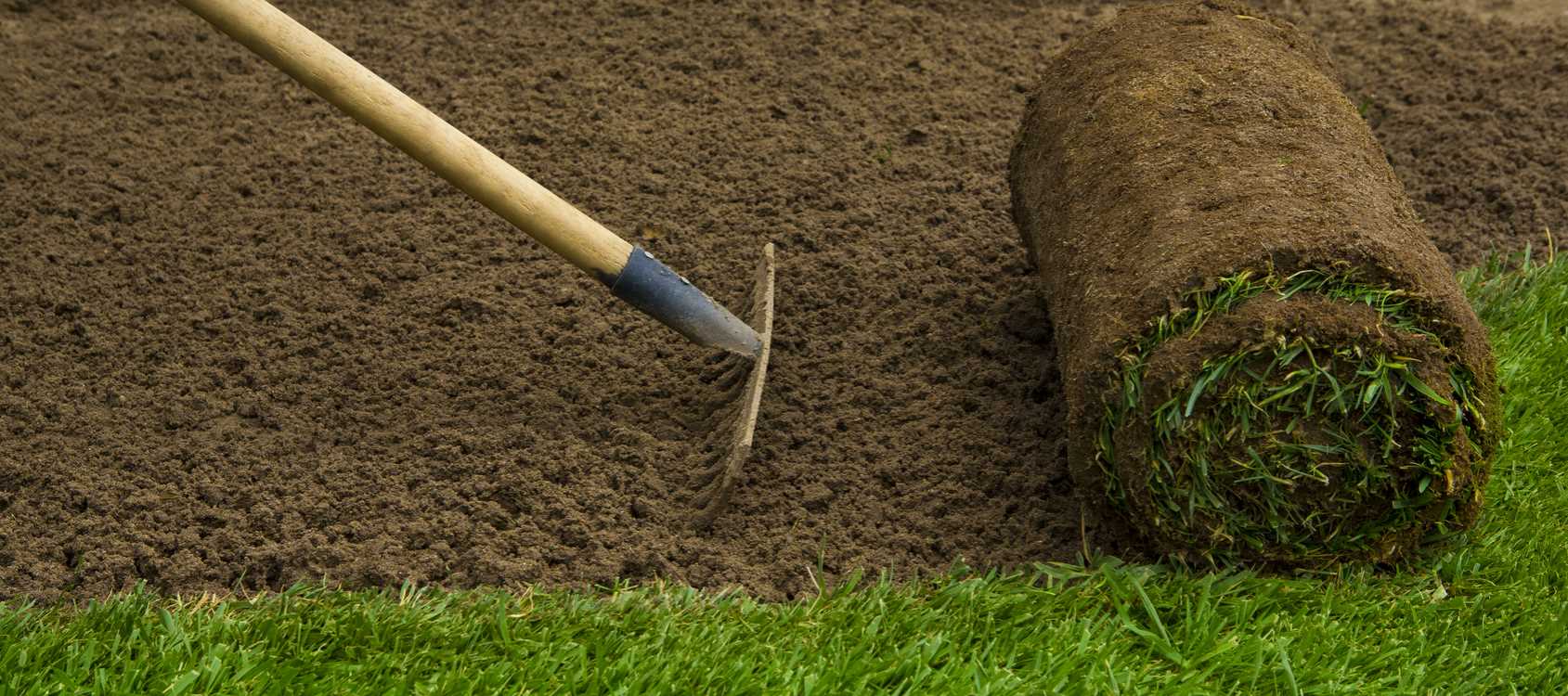Juniper Tip Blight
Click Here To Download Juniper Tip Blight
Juniper Tip Blight
Introduction
Juniper tip blight, a progressive dying back of twigs and branches, can be caused by one of three fungi, Phomopsis juniperovora, Kabatina juniperi, or Sclerophoma pythiophila. These diseases are devastating to young plants while plants more than five years old are less seriously damaged. In addition to many species of juniper, arborvitae, white cedar, cypress and false-cypress are also susceptible to P. juniperovora. Kabatina juniperi infects juniper species primarily, but S. pythiophila may also infect pines, Douglas-fir, and Eastern
juniperovora and/or K. juniperi infections are involved. Sclerophoma pythiophila usually doesn’t kill whole plants. Drought, freezing, dog urine, and transplant shock can cause similar dieback symptoms. However, if fungi are the cause, they will produce small gray to black fruiting bodies (up to 0.5 mm in diameter) on recently killed leaves and stems and thus aid in diagnosis of juniper tip blights.
Symptoms and Signs
Juniper Tip Blights: Phomopsis juniperovora, Kabatina juniperi, or Sclerophoma pythiophilaJuniper tip blight, a progressive dying back of twigs and branches, can be caused by one of three fungi, Phomopsis juniperovora, Kabatina juniperi, or Sclerophoma pythiophila. These diseases are devastating to young plants while plants more than five years old are less seriously damaged. In addition to many species of juniper, arborvitae, white cedar, cypress and false-cypress are also susceptible to P. juniperovora. Kabatina juniperi infects juniper species primarily, but S. pythiophila may also infect pines, Douglas-fir, and Eastern. Blight symptoms first show up on recent growth of the lower branches. Dieback begins with shoot tips, and progresses back toward the main stem . Death of the entire plant may result where P.
Disease Cycle
All three of these fungi overwinter in killed twigs and bark on the shrub or on the ground. Fruiting bodies of the fungi develop in the spring and, during wet weather, release many spores capable of causing new infections. Phomopsis juniperovora attacks young succulent shoot tips and may also enter the plant through wounds. Infections can occur throughout the summer. Kabatina juniperi attacks one year old growth in the fall, with symptoms showing up in early spring. The fungus may enter the plant throughwounds, as well. If wet weather prevails, these fungi will spread throughout the shrub in the course of a few years or less. Sclerophoma pythiophila attacks shoots weakened by winter injury.
Management Strategies
Infected twigs and branches should be pruned off about two inches back into live wood, and then prunings should be destroyed. Prune only when plants are dry, and sterilize tools between each cut by swabbing them with a solution containing 1 part rubbing alcohol and 3 parts water or use a solution of 1 part household bleach to 9 parts water.
Plants should be spaced so as to provide good ventilation. This will reduce high moisture conditions which favor these diseases. Water in early morning only. Wounding during transplanting and during cultivation should be avoided for similar reasons. Do not over-fertilize. Prune out diseased branch tips during dry weather, but avoid excessive shearing.
In New York State no fungicides are specifically registered for use against Sclerophoma. Kabatina may be listed on some thiophanate-methyl labels, but most of those products are restricted-use and not available for homeowner use. Most products that are available for homeowner use are specifically labeled for treating Phomopsis or more generally labeled to treat “twig blight” on Juniper. These include some products containing the active ingredients potassium bicarbonate or propiconazole. Heritage (EPA Reg. #100-1093) is also labeled for Phomopsis, but treatments should he alternated with a pesticide with a different mode of action. Some products will require the addition of a spreader-sticker and should be applied every 2 weeks throughout the growing season. Follow label directions, and be certain any formulation(s) of pesticide(s) you purchase are registered for the intended use.
Additional products may be available for commercial use. Commercial applicators should refer to the appropriate commercial pest management guidelines, or contact their local Cooperative Extension office for more information on currently registered products.
READ THE LABEL BEFORE APPLYING ANY PESTICIDE! Changes in pesticide regulations occur constantly. All pesticides distributed, sold, and/or applied in New York State must be registered with the New York State Department of Environmental Conservation (DEC). Questions concerning the legality and/or registration status for pesticide use in New York State should be directed to the appropriate Cornell Cooperative Extension Specialist or your regional DEC office.











